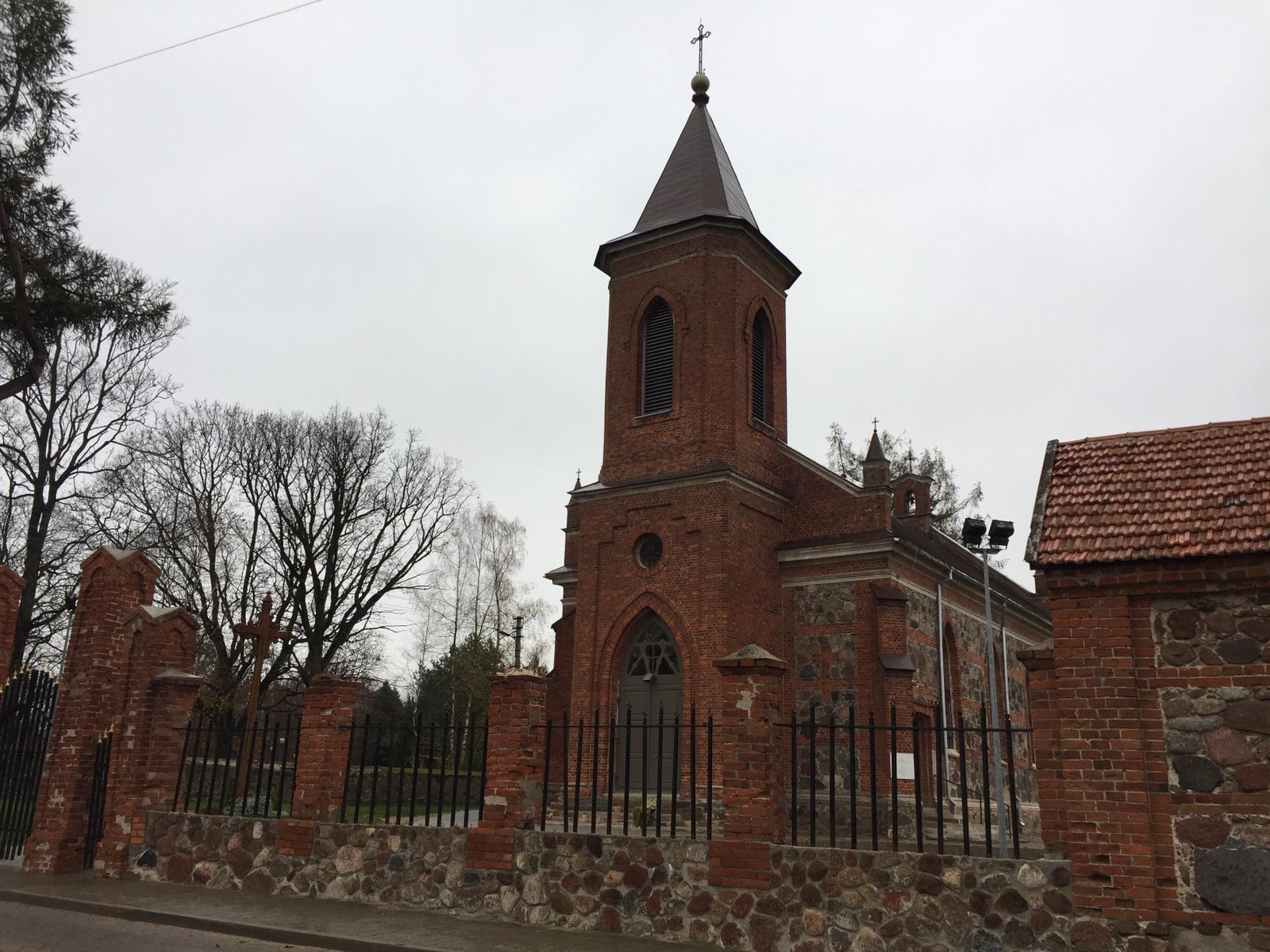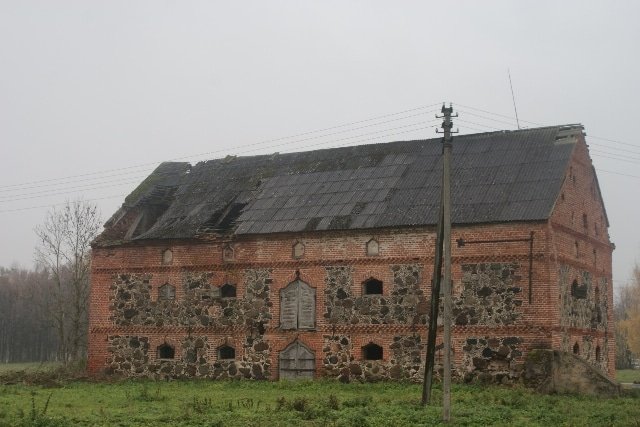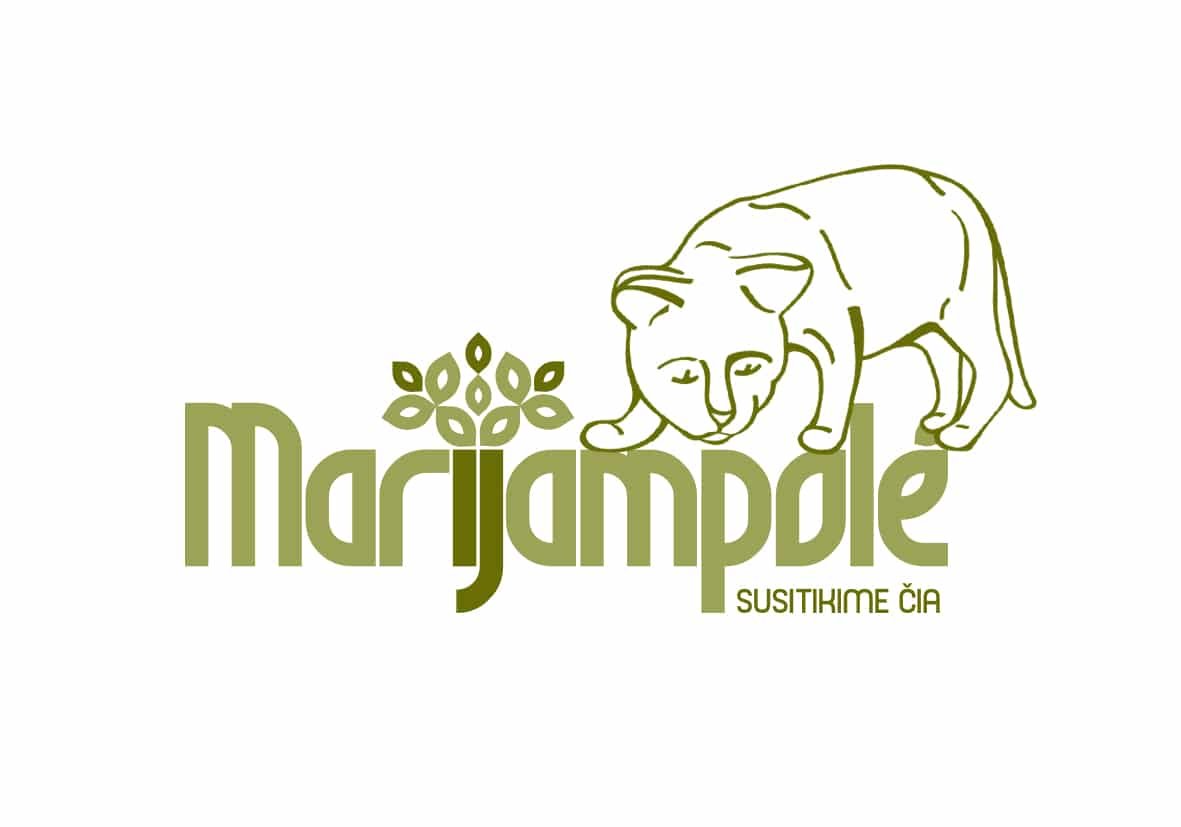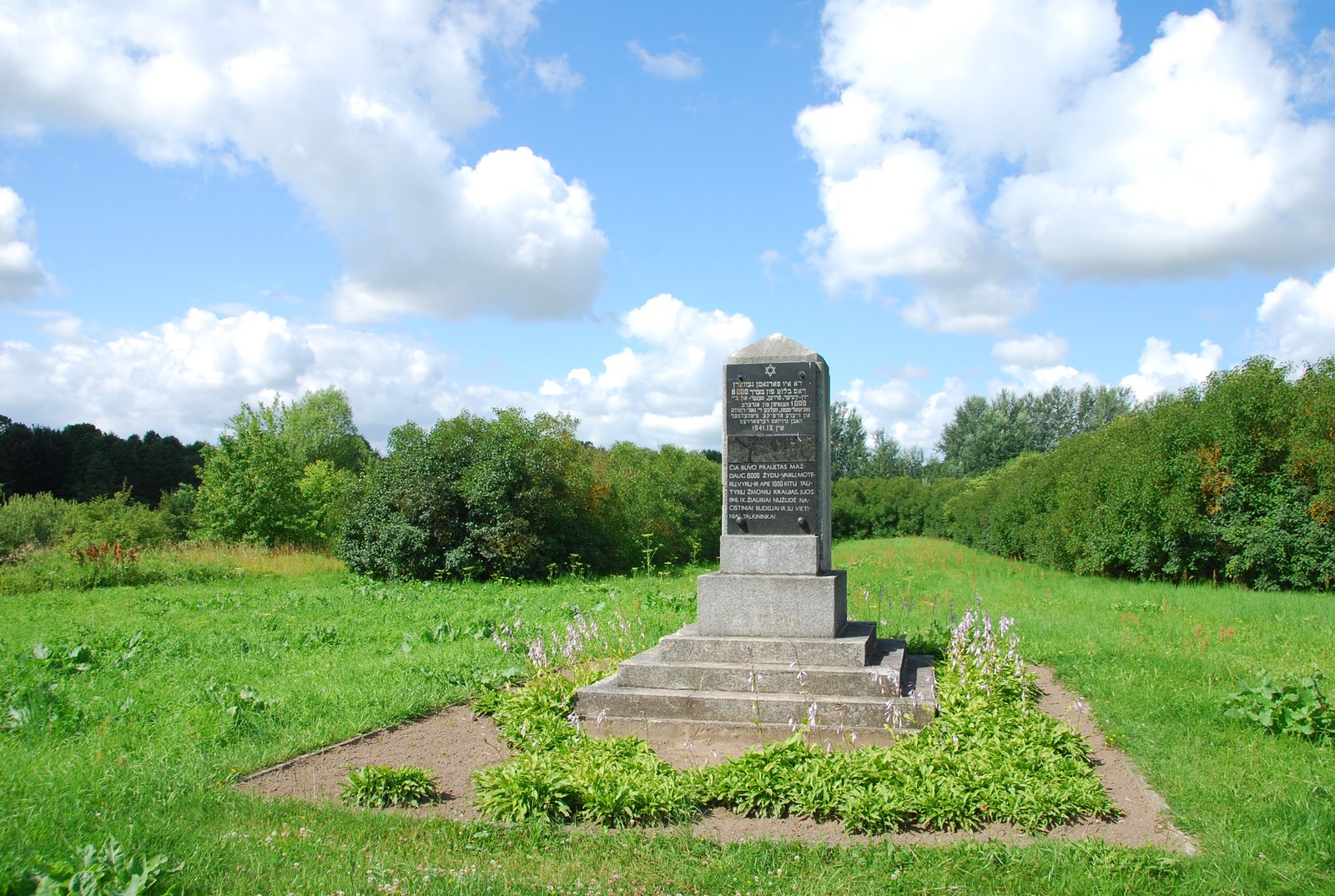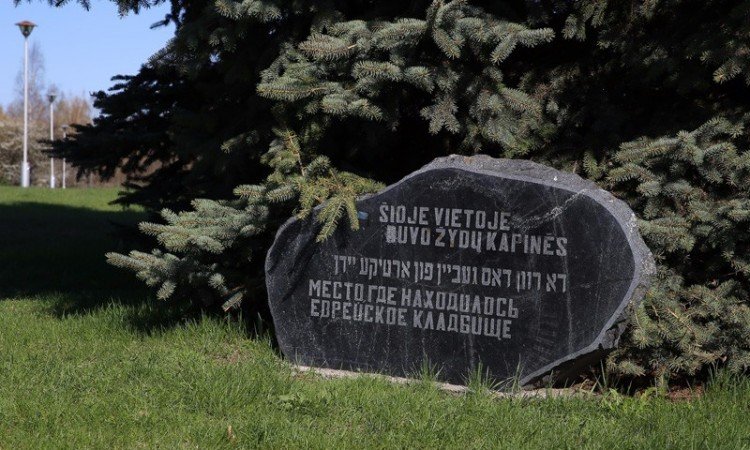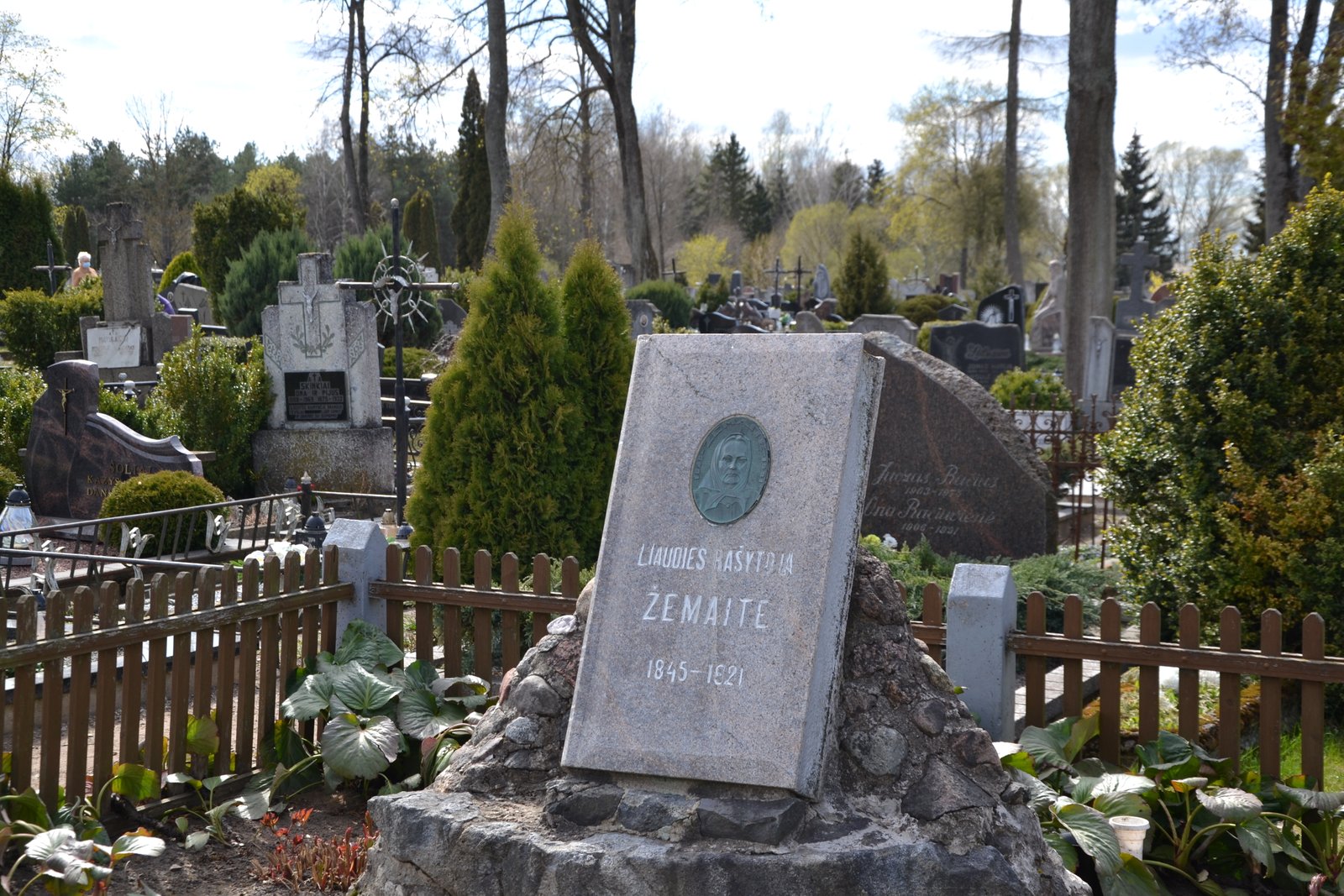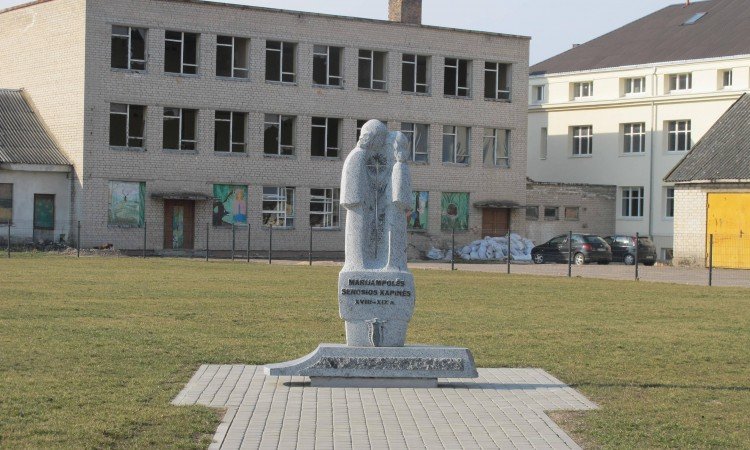Šunskai Mary Magdaleette Church
Built in 1865, the church has a rectangular plan, single-sided, with low three-sided furnishings and side furnishings. The churchyard‘s fence is metal, its plinth is stone masonry, the pillars are made of brick. The main interest of the complex is the church, which is oriented with a side façade to Varpo Street, stands in the central part of the territory, slightly to the east side. In the corners of the churchyard there are one-story almost square plan stones – brick masonry chapels. The composition of the ensemble is central, the style is neo-gothic.

